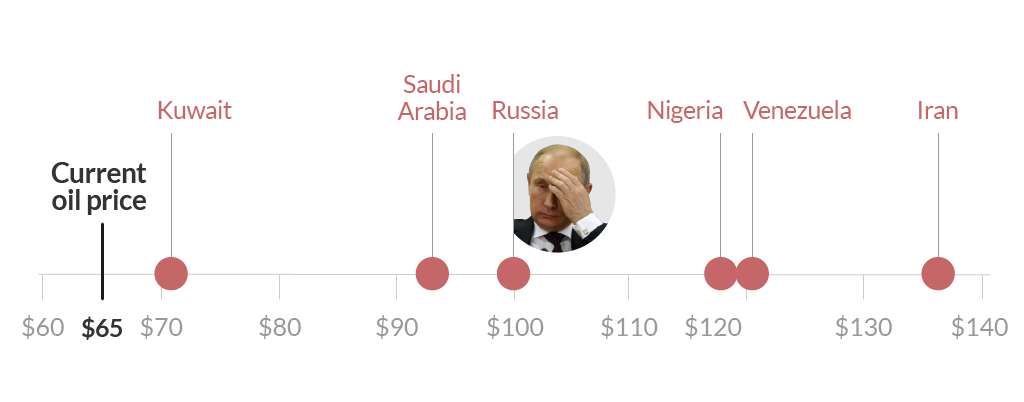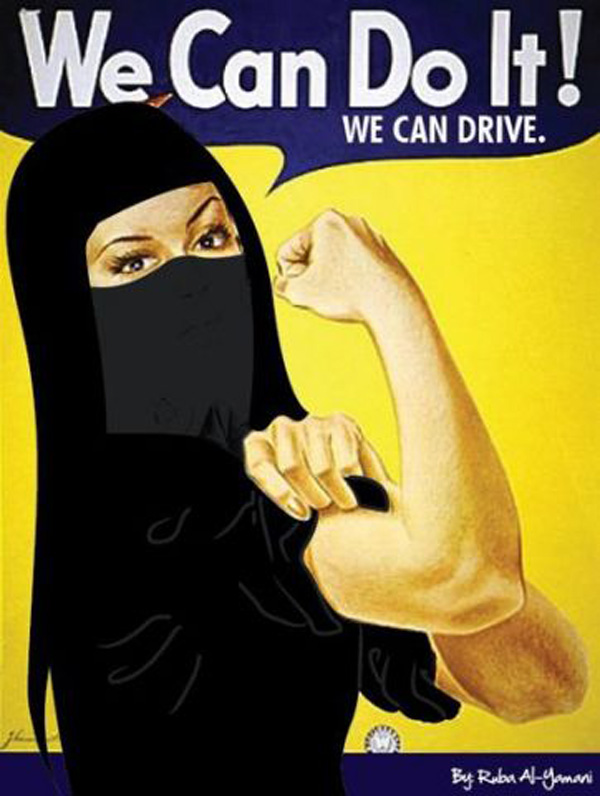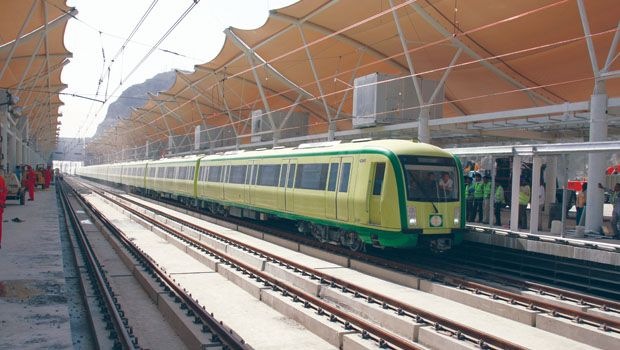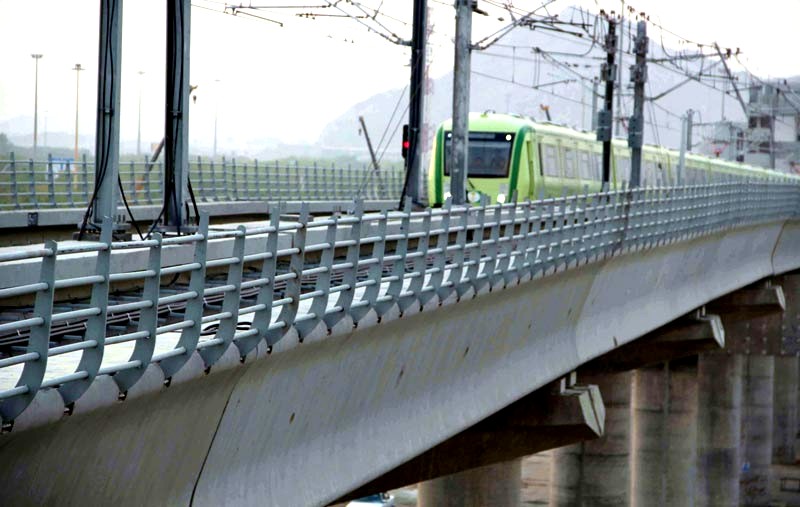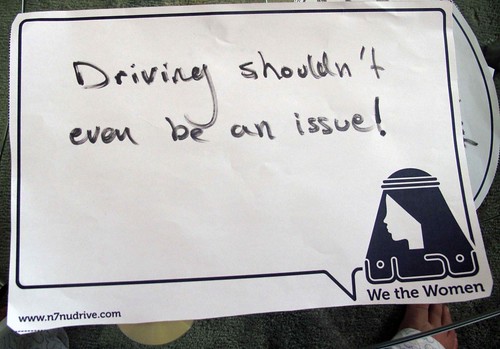(Source: Wired; Arab News; Straits Times)

The Saudi government is building a $1.8 billion monorail to ferry pilgrims among the holy sites of Mecca, Mina, Arafat and Muzdalifah. Once complete, the Saudis estimate 53,000 buses will disappear from the city’s crowded roads, promising a safer, more comfortable pilgrimage. (FYI – For those not in the know, Monorail is a single rail serving as the track for a wheeled or (magnetically) levitating vehicle, has been rapidly paving its way as a modern urban transit system, providing the most-sought-after transportation solutions for a built-up congested city.)
The monorail will be built over the next four years, with the first segment — roughly 35 percent of the project, by one estimate — opening in time for this year’s Hajj between November 25 and 29. Hajj, the annual pilgrimage to Mecca that all Muslims must complete if they have the means and ability to do so, is the fifth Pillar of Islam and as such attracts a staggering number of pilgrims.
Arab News quotes Dr. Habeeb Zain Al-Abidine, the Deputy Minister of Municipal and Rural Affairs and Secretary-General of the Commission for Development of Makkah, Madinah and the Holy Sites , saying that a feasibility study conducted by an international company had proposed five monorails linking the holy sites. The project is expected to facilitate the transportation of more than three million pilgrims between the holy sites. “The feasibility study suggested the second monorail be built two to three years after the construction of the first one,” he said, adding that a single monorail would cost SR4 billion. The first monorail beginning from Mina will transport nearly one million pilgrims including 360,000 Arab pilgrims. The Saudi Arabian General Investment Authority (SAGIA), the Ministry of Transport and the Higher Commission for the Development of Makkah and Madinah have all reviewed a study of the project and welcome it. The study was prepared by the International Transport Projects Company, which is now contacting Saudi authorities to obtain the appropriate license to implement the project.
The monorail project, which is being implemented by a consortia of companies led by China Railway Company, will be operational with its full capacity during the Haj season of 2011, said the committee, which is chaired by Second Deputy Premier and Minister of Interior Prince Naif. This is one of two rail projects the Chinese are building in Saudi Arabia (See below for details on the 2nd project).
The Arab News also says that Makkah monorails will be 8 to 10 meters above the ground to ensure smooth flow of pedestrians and vehicles. “The monorail project will help withdraw about 53,000 buses and other vehicles being used by pilgrims coming by land from within the Kingdom and neighboring GCC countries,” the report said.
The committee said the monorail would pass by three stations in Arafat, Muzdalifah and Mina. The last station in Mina will be on the fourth flour of the Jamarat Bridge. Controlled access to the monorail is intended to avoid accidents such as the tragedy at Mina in 2006, when more than 350 people died in a stampede after two busloads of pilgrims disembarked at the entrance to the Jamarat Bridge holy site. Trains on four elevated tracks will carry as many as 20,000 pilgrims an hour in an orderly fashion. The project also includes parking facilities so that pilgrims can park their cars at the entrance of Makkah and then board the monorail.
Wait! This is not the only rail activity happening in Saudi Arabia. It is interesting to note how the Saudi Government is making strategic investments in rail projects arond the country. Back in April,
Arab News published an article about the Saudi Government’s plan for expanding the railway network across the country and beyond. The Kingdom’s railway expansion envisages 3,900 km of new track. In addition to the
Landbridge Project linking the Kingdom’s east with its west, two other major new rail projects are moving closer. These include a 450-km high-speed
Haramain railway to link Jeddah with Makkah and Madinah.

Finance Minister Ibrahim Al-Assaf announced plans to establish a new railway system linking the Gulf Cooperation Council (GCC) states of Saudi Arabia, Qatar, Bahrain, Kuwait, Oman and the United Arab Emriates. “GCC leaders have given preliminary approval for the project. The final decision will depend on its feasibility,” Al-Assaf said.
Talking about Chinese role in building railway infrastructure in Saudi Arabia, the other rail project is 275-mile high-speed rail system linking Mecca and Medina through Jeddah to be built by China Railway Engineering. China’s involvement in both projects (HSR and Monrail) reportedly was clinched during Chinese Prime Minister Hu Jintao’s visit to Saudi Arabia in February, during which representatives of Chinese Railway Corp. met with Saudi Prince Miteb bin Abdulaziz, chairman of the commission for developing the holy cities of Mecca and Medina. (FYI – The Mecca deal highlighted the growing role of China in Saudi Arabia’s plan to commit 450 billion riyals (S$180 billion) to major infrastructure, education and new cities projects over the next five years. China is already one of the top buyers of oil from Saudi Arabia, importing 36 million tonnes of Saudi crude last year, according to Chinese figures.)
Mansour Al-Maiman, secretary-general of PIF and chairman of Saudi Railway Company, said the North-South Railway would be ready next year for the transportation of minerals. He said the passenger railway linking Riyadh, Sudair, Qassim and Hail would be floated for tenders within a few days, adding that the work on the project would be completed by 2012. Once complete, the North-South rail link woulc connect mineral-rich Jalamid belt with smelters in Ras Al-Zour near the eastern industrial city of Jubail.
The North-South Railway is given priority due to its importance to industrial development. It is integral to planned phosphate and bauxite mining projects in the north of the country that will link up with processing and smelters on the Gulf coast. French defense group Thales and construction giant Saudi Binladin Group were awarded an SR1.7 billion ($453 million) contract to build signaling, ticketing, communications and security systems for the 2,400-km long North-South Railway.

